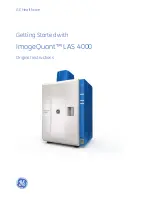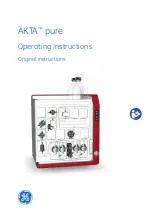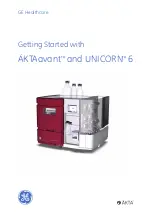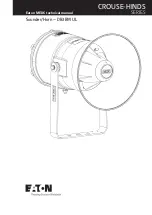
1
Introduction
2
HESI-II Probe User Guide
Thermo Scientific
With H-ESI, a mass spectrometer can analyze a range of molecular weights greater than
100 000 u, due to multiple charging. H-ESI is especially useful for the mass analysis of polar
compounds, which include biological polymers (for example, proteins, peptides,
glycoproteins, and nucleotides); pharmaceuticals and their metabolites; and industrial
polymers (for example, polyethylene glycols).
In H-ESI, ions are produced and introduced into the mass spectrometer as follows:
1. The sample solution enters the ESI needle, which receives a high voltage.
2. The ESI needle sprays the sample solution into a fine mist of droplets that are electrically
charged at their surface.
3. The electrical charge density at the surface of the droplets increases as solvent evaporates
from the droplets. In heated-electrospray ionization, heated auxiliary gas aids solvent
evaporation.
4. The electrical charge density at the surface of the droplets increases to a critical point
known as the Rayleigh stability limit. At this critical point, the droplets divide into
smaller droplets because the electrostatic repulsion is greater than the surface tension. The
process is repeated many times to form very small droplets.
5. Electrostatic repulsion ejects sample ions from the very small, highly charged droplets
into the gas phase.
6. The sample ions enter the mass spectrometer through the ion transfer tube.
shows the steps in the formation of ions from highly charged droplets.
Summary of Contents for HESI-II Probe
Page 1: ...HESI II Probe User Guide 70005 97000 Revision C April 2009 ...
Page 6: ......
Page 10: ......
Page 34: ......













































